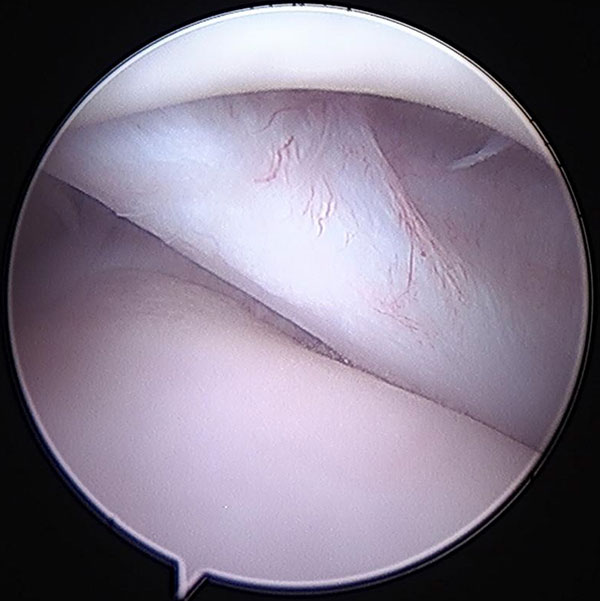The term “minimally invasive” has been a catchline in human medicine for years. Most of us know someone close to us who has had some type of minimally invasive surgery and who benefited from the small size of the incisions and how fast they got back on their feet. People certainly like the idea of less pain and a faster recovery, but how much of this is actually being done in our companion animals? At Spry Companions we make an effort to employ minimally invasive techniques whenever possible. Being already familiar with the advantages of minimally invasive surgery in people, pet owners now expect the same level of care in veterinary medicine. We surgeons love these techniques because we have seen firsthand how much better our patients do.

The term “minimally invasive” refers to the use of technology to minimize the disruption of normal tissue in the body. We typically think of the use of an endoscope as a small camera and a light source that can be inserted into the body through a tiny incision. The light illuminates the inside of the body and the camera sends an image to a monitor while the surgeon performs the operation. The surgeon can also make smaller incisions to introduce other instruments to help complete the procedure.
Introducing small cameras into joints is known as arthroscopy. This can be performed in the canine shoulder, elbow, wrist, hip, knee and ankle. Prior to providing some type of stabilization for the knee when the cranial cruciate ligament (ACL in humans) has ruptured, all knees are “scoped” at Spry Companions. This allows the surgeon to have improved visualization. The surgeon may confirm the diagnosis of a torn ligament, remove diseased tissue, inspect the remainder of the joint and improve diagnosis of concurrent meniscal tears. The management of these joints is performed through incisions only a few millimeters in length. This allows the surgeon to avoid having to open the joint (known as arthrotomy) through a large incision. It minimizes pain associated with cutting through the joint capsule and may minimize the development of arthritis. To see how a knee is managed through arthroscopy, please click here.
A variety of other conditions can be managed through the use of arthroscopy as well. These include:
- Shoulder OCD
- Medial shoulder instability
- Elbow dysplasia including a fragmented medial coronoid process and OCD
- Articular fracture reduction
- Meniscal Injuries
- Tarsal OCD
